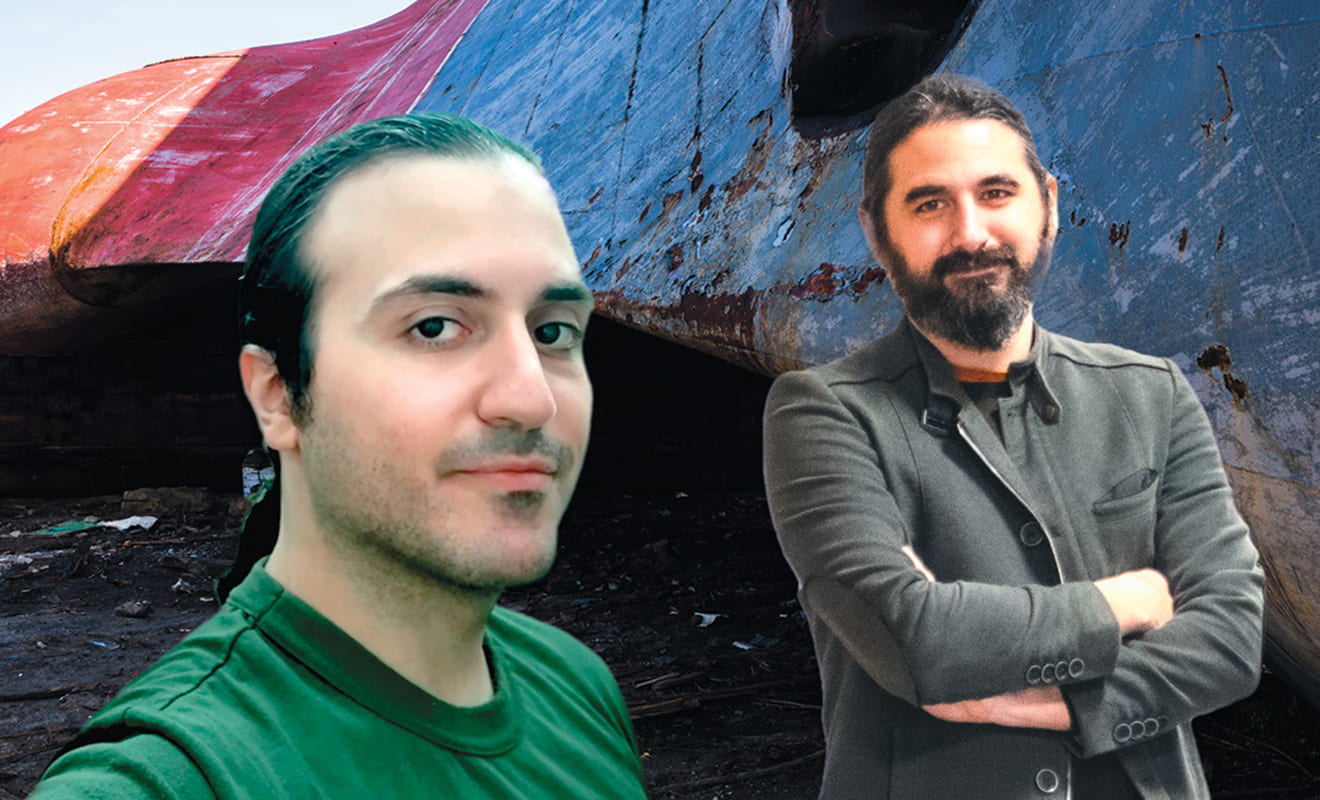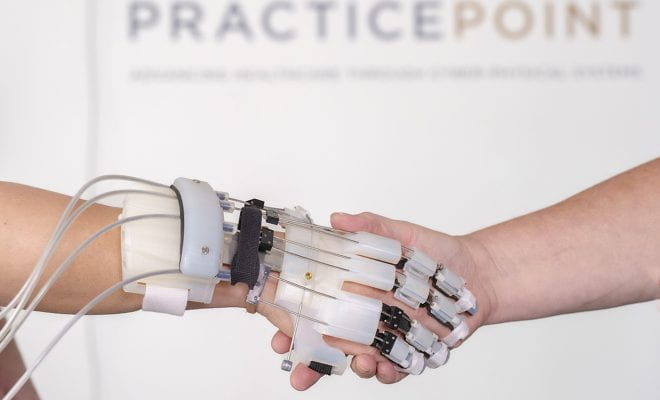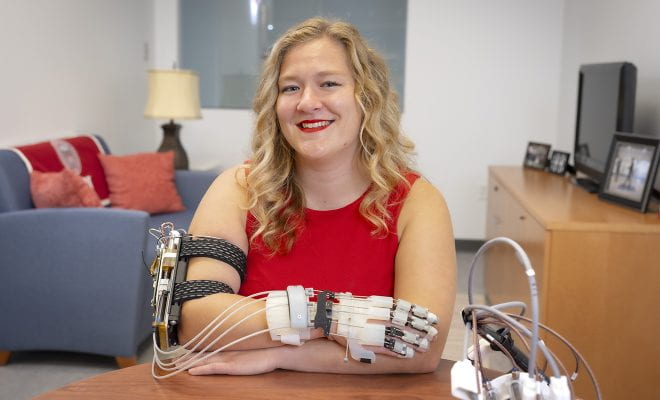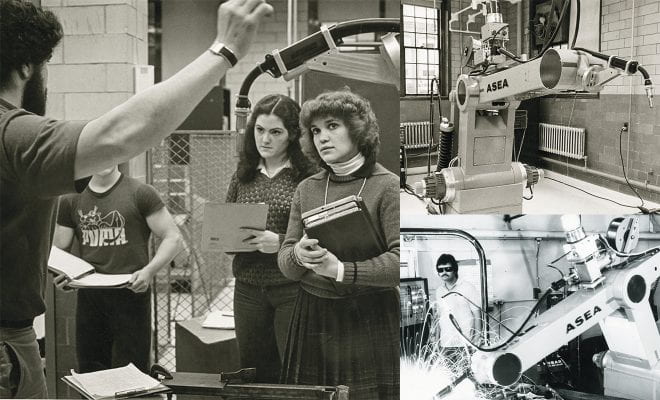When large ships and other marine structures are taken out of service, they often end up at shipbreaking yards. There, workers with oxy-propane torches cut them into pieces to be melted down and turned into new products. Shipbreakers must be able to size up and break down objects that come in all manner of shapes and sizes, while working in a rough, hazardous environment. As jobs go, it’s a far cry from the structured, repeatable, and relatively easy work robots are typically asked to do.
Despite this challenge, WPI’s Manipulation and Environmental Robotics (MER) Lab (one of just a few labs dedicated to developing robotics solutions for such challenging environmental applications), set out three years ago to develop the world’s first robotic shipbreaking system. Funded by European Metal Recycling (EMR), a company with shipbreaking operations around the world, the research has produced a robust foundation for a robotic partner that may ultimately help EMR workers be more productive and allow the company to get a leg up in the highly competitive international shipbreaking industry.
More than 20 graduate students and nine undergraduates—all advised by Berk Calli, assistant professor of robotics engineering and founding director of the MER Lab—have worked on various aspects of the system over the past three years. James Akl, who recently completed his PhD in robotics engineering, directed much of the foundational research.
The work required him to gain knowledge well beyond the realm of robotics. That process began with a week spent observing all aspects of the shipbreaking process at an EMR yard in Brownsville, Tex. “I was really taken aback,” he says of the visit. “I could see this was a really complex challenge.”
In Brownsville, he saw how teams first detach large chunks from a ship, which experienced cutters and foremen slice into smaller pieces. Finally, less-experienced workers cut the simpler fragments into bits small enough to be sent off for recycling.
The visit convinced Akl and Calli that they should focus their initial efforts on that last step, a relatively simple but time-consuming part of the workflow. They also realized that they could develop a working system quicker if they partnered the robot with a human worker, using the worker’s knowledge to help the robot perform its main task: operating the torch and making the cuts.
“It is preferable,” Calli says, “when you are going for a commercial solution to make the robot’s part of the operation as simple as you can. The human-robot collaboration makes that possible.”
Akl identified three main tasks for the robot: determining the best path for a cut; moving the torch at the right speed along that path to fully cut through the metal (adjusting the speed, as needed, to maintain the desired cutting conditions); and recognizing anomalies that might require it to stop work.
To simplify the first task, Akl decided to have a worker mark the best path for a cut with spray paint. With this guidance, he says, the robot can focus its camera on the relevant regions containing the painted line while ignoring the rest. Akl next developed a visual tracking algorithm that enables the robot to quickly trace the painted line, even if the line branches or goes around corners.
To tackle the next step, teaching the robot how to cut metal, Akl first had to learn to operate the torch himself, which required training and certification from WPI’s Environmental Health and Safety Office and other entities. Working on a test stand set up at the university’s Advanced Manufacturing Center on Sagamore Road, he found that by manipulating the feed from a color video camera aimed at the torch, he could create a visual reference that would tell the robot whether it was maintaining a desired heat pool—how human torch operators tell whether a cut is advancing properly.
Over the course of more than 100 lab experiments, Akl accumulated a dataset of images that illustrate successful cuts, failed cuts, and anomalous cutting conditions. He used the image library (now available for use by other researchers) to train a machine-learning model that can detect an anomaly and alert the worker of the need to turn off the torch (the third task).
Calli says work continues on the shipbreaking robot, building on Akl’s research that has led to one-patent and two-patent applications. Among the remaining tasks: integrating the systems Akl developed into a working prototype and marrying that prototype with a mobile platform designed by an undergraduate Major Qualifying Project team.
EMR’s desire to deploy a working system in actual shipbreaking yards as soon as possible adds urgency to the work. “This is not just an intellectual exercise,” he says. “They really see this as a realizable product to enhance their competitiveness.”







Quite an extraordinary feat to complete such a taxing project. Kudos to you!!